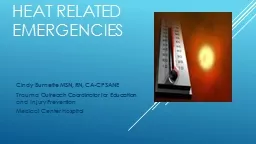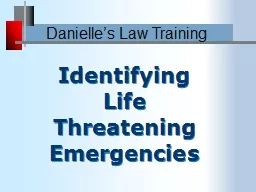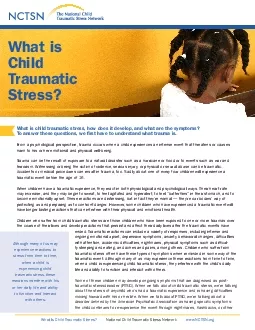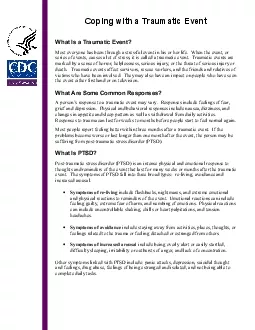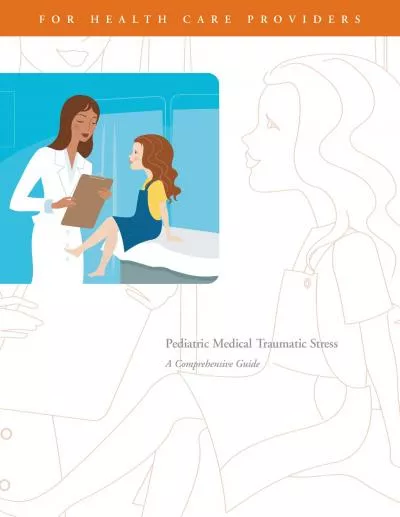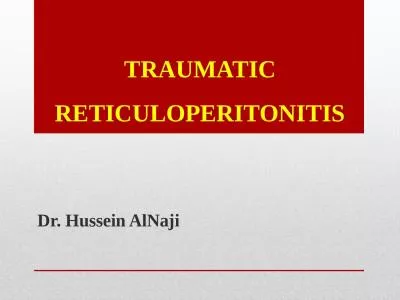PPT-Traumatic Emergencies
Author : cheryl-pisano | Published Date : 2017-01-10
This is the main menu of this presentation return here by clicking on the home button looks like a house HeadNeck Injuries BleedingShock Wounds amp First Aid Room
Presentation Embed Code
Download Presentation
Download Presentation The PPT/PDF document "Traumatic Emergencies" is the property of its rightful owner. Permission is granted to download and print the materials on this website for personal, non-commercial use only, and to display it on your personal computer provided you do not modify the materials and that you retain all copyright notices contained in the materials. By downloading content from our website, you accept the terms of this agreement.
Traumatic Emergencies: Transcript
Download Rules Of Document
"Traumatic Emergencies"The content belongs to its owner. You may download and print it for personal use, without modification, and keep all copyright notices. By downloading, you agree to these terms.
Related Documents



